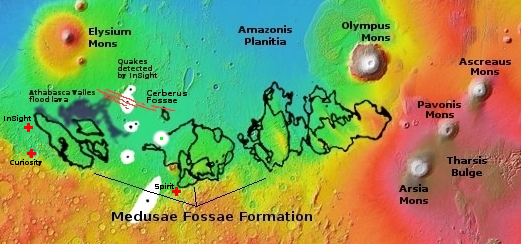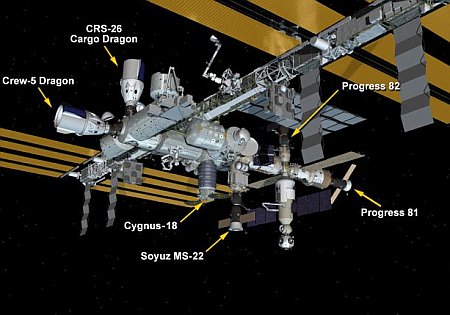Juno experienced data download issue during most recent Jupiter close flyby
Right after Juno made its 47th close fly-by of Jupiter on December 14, 2022, the download of the obtained data was suddenly disrupted, forcing engineers to put Juno into safe mode.
The issue – an inability to directly access the spacecraft memory storing the science data collected during the flyby – was most likely caused by a radiation spike as Juno flew through a radiation-intensive portion of Jupiter’s magnetosphere. Mission controllers at NASA’s Jet Propulsion Laboratory and its mission partners successfully rebooted the computer and, on Dec. 17, put the spacecraft into safe mode, a precautionary status in which only essential systems operate.
As of Dec. 22, steps to recover the flyby data yielded positive results, and the team is now downlinking the science data. There is no indication that the science data through the time of closest approach to Jupiter, or from the spacecraft’s flyby of Jupiter’s moon Io, was adversely affected. The remainder of the science data collected during the flyby is expected to be sent down to Earth over the next week, and the health of the data will be verified at that time. The spacecraft is expected to exit safe mode in about a week’s time. Juno’s next flyby of Jupiter will be on Jan. 22, 2023.
That such disruptions have actually not occurred very often on Juno is somewhat remarkable, considering the hostile nature of the environment around Jupiter.
Right after Juno made its 47th close fly-by of Jupiter on December 14, 2022, the download of the obtained data was suddenly disrupted, forcing engineers to put Juno into safe mode.
The issue – an inability to directly access the spacecraft memory storing the science data collected during the flyby – was most likely caused by a radiation spike as Juno flew through a radiation-intensive portion of Jupiter’s magnetosphere. Mission controllers at NASA’s Jet Propulsion Laboratory and its mission partners successfully rebooted the computer and, on Dec. 17, put the spacecraft into safe mode, a precautionary status in which only essential systems operate.
As of Dec. 22, steps to recover the flyby data yielded positive results, and the team is now downlinking the science data. There is no indication that the science data through the time of closest approach to Jupiter, or from the spacecraft’s flyby of Jupiter’s moon Io, was adversely affected. The remainder of the science data collected during the flyby is expected to be sent down to Earth over the next week, and the health of the data will be verified at that time. The spacecraft is expected to exit safe mode in about a week’s time. Juno’s next flyby of Jupiter will be on Jan. 22, 2023.
That such disruptions have actually not occurred very often on Juno is somewhat remarkable, considering the hostile nature of the environment around Jupiter.












